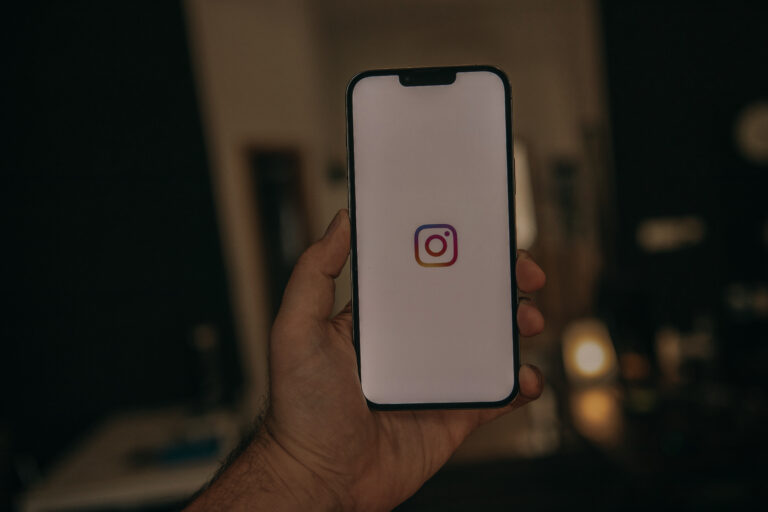Influencer marketing has rapidly transformed from a niche strategy into a dominant force in the advertising world. With social media platforms providing unparalleled access to audiences, brands have increasingly turned to influencers—content creators with loyal followings—to drive brand awareness, customer engagement, and sales. But where is the industry headed, and what can we expect in the next few years?
By 2025, influencer marketing is expected to be an even more integral part of brand strategies, with the industry forecasted to hit new financial heights. In this blog post, we’ll explore the trends shaping the future of influencer marketing and look at the data projections that reveal just how massive this industry is set to become.
The Growth of Influencer Marketing
As of 2023, the influencer marketing industry is valued at around $21 billion, and it’s showing no signs of slowing down. According to industry projections, the market is expected to reach a staggering $35-40 billion by 2025. This exponential growth reflects the increasing trust and credibility that influencers have built with their audiences, making them powerful conduits for brand messaging.
Several factors are driving this surge in influencer marketing:
- Social Media Popularity: Platforms like Instagram, TikTok, YouTube, and even newer entrants like Threads are thriving. Influencers are the lifeblood of these platforms, and brands continue to see high engagement rates when collaborating with them.
- Shifting Consumer Behavior: Consumers, especially younger generations, are increasingly skeptical of traditional advertising. They value authenticity, and influencers—who often create relatable, unscripted content—tap into that preference. People are more likely to trust product recommendations from influencers they follow than from brand advertisements.
- Advanced Analytics and ROI Tracking: As technology evolves, brands have access to more sophisticated tools to measure the impact of influencer marketing campaigns. With clear metrics on engagement, reach, and conversion rates, companies are more confident investing in influencer partnerships.
Key Trends Shaping the Future
Micro-Influencers and Nano-Influencers on the Rise
While mega-influencers and celebrities still play a major role, the future of influencer marketing will see even greater focus on micro and nano-influencers. These influencers, with smaller but highly engaged followings (usually between 1,000 to 100,000 followers), provide brands with more targeted and authentic content at a lower cost. By 2025, expect to see brands increasingly partnering with smaller creators to achieve better ROI and deeper connections with niche audiences.
Long-Term Partnerships Over One-Off Collaborations
One of the significant shifts in influencer marketing will be the move toward long-term brand partnerships. As brands recognize the value of sustained relationships, influencer collaborations will evolve from one-time posts to ongoing ambassadorships. These long-term agreements help build consistency and trust, making influencer endorsements more genuine and impactful.
The Rise of AI and Virtual Influencers
As artificial intelligence (AI) continues to revolutionize industries, influencer marketing is no exception. Virtual influencers—computer-generated characters with human-like personas—are already making waves, and their role in influencer marketing is expected to grow by 2025. These AI-driven influencers are controlled by brands, allowing them to deliver highly tailored content without the unpredictability of real-life personalities.
For instance, Lil Miquela, one of the most popular virtual influencers, boasts millions of followers and has collaborated with major brands like Prada and Calvin Klein. While virtual influencers are still a novelty, they represent a new frontier for brand control and innovation.
Influencer-Led Social Commerce
Social commerce—the integration of shopping features directly into social media platforms—will continue to rise, and influencers will play a key role in driving sales. By 2025, influencers won’t just be endorsing products; they will be integral to seamless, in-app purchasing experiences, allowing followers to shop directly through posts and videos. With platforms like Instagram and TikTok already incorporating shopping features, this trend is set to explode.
Industry Projections for 2025
The influencer marketing industry is on track to reach $35-40 billion by 2025, fueled by growing investments from brands of all sizes. This projection reflects the rising demand for influencer content across industries, including fashion, beauty, technology, fitness, and even finance.
A recent report by Insider Intelligence suggests that 75% of marketers will dedicate a portion of their budget to influencer campaigns by 2025. As influencer marketing matures, more companies will allocate significant resources to this strategy, recognizing its potential to drive growth in an increasingly digital-first world.
The future of influencer marketing is bright, with the industry set to grow rapidly over the next few years. As brands continue to prioritize authenticity, targeted reach, and social commerce, influencers—whether human or virtual—will play a central role in shaping consumer behavior. With projections estimating the market to hit $35-40 billion by 2025, it’s clear that influencer marketing is not just a trend but a cornerstone of modern marketing strategies. Brands that invest in building meaningful, long-term partnerships with influencers will be well-positioned to succeed in this dynamic landscape.






